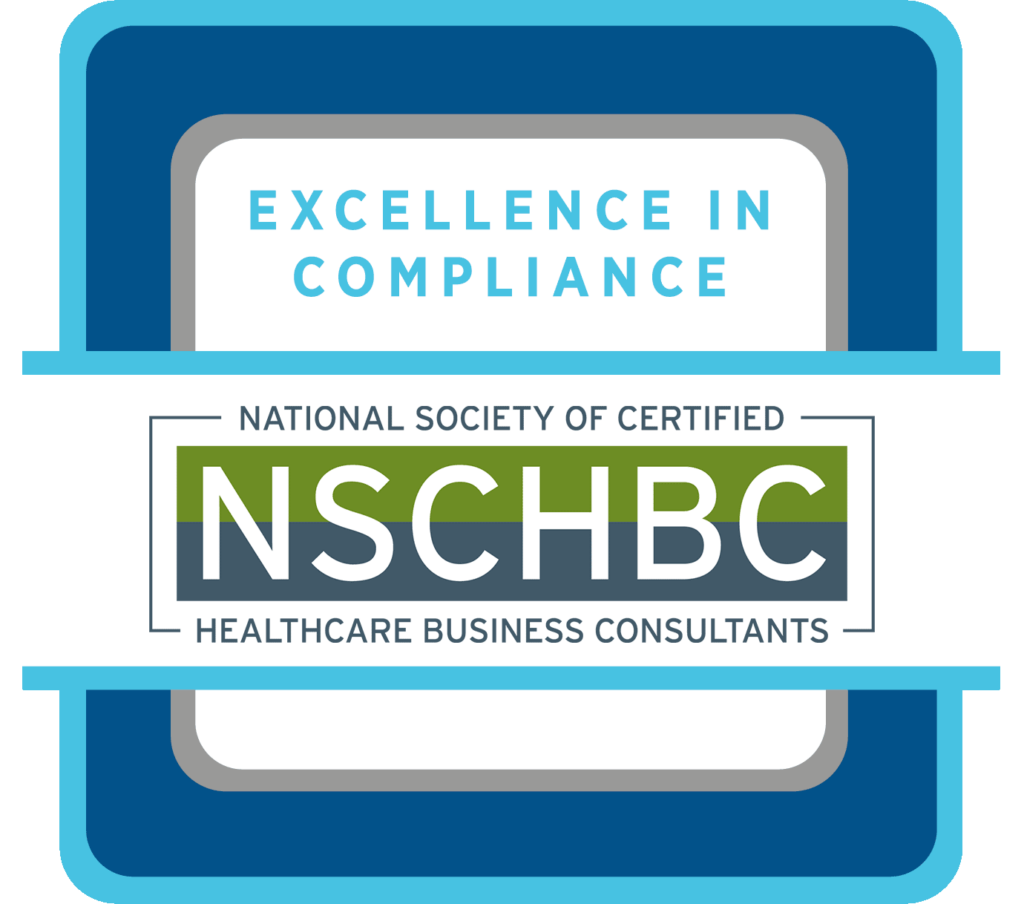Combating Payer Refund Requests with Appeals

You got paid. You moved on. Then, months later, the payer asks for the money back. Payer refund requests have become increasingly challenging in healthcare revenue cycle management. Once considered rare, these demands are now a routine source of financial and operational disruption for medical practices.
For practice leaders, the stakes are high. Navigating refund requests demands a proactive, structured approach to prevent unnecessary repayments, protect revenue, and stay compliant. This article explores the causes behind payer refund requests and the practical steps your organization can take to reduce risk and build a stronger financial defense.
The Problem with Refund Requests
Payer refund requests are often rooted in ambiguity. A policy change here, a misinterpretation there, and suddenly, you’re being asked to return funds for services rendered months ago. While some requests are valid, many are driven by shifting payer policies, retroactive audits, or overly aggressive interpretations of coding and documentation standards.
Modern analytics tools and automation have made it easier for payers to flag claims they’ve already reimbursed. Unfortunately, this technology isn’t always accurate or nuanced. Even minor inconsistencies—like a slight mismatch between coding and clinical notes—can trigger a refund demand, regardless of whether care was delivered appropriately.
As a result, practices are asked to repay legitimate reimbursements, often months after the fact. These demands are time-consuming, financially disruptive, and frequently based on subjective reviews. Without a structured process to assess, appeal, or dispute them, your practice risks revenue loss and increased scrutiny from payers.
Real-World Triggers You Can Control
While some payer refund requests are unavoidable, many stem from internal oversights that can be addressed through process improvements. Recognizing these triggers is the first step toward prevention. Common causes include:
- Coding discrepancies—Mistakes like upcoding, undercoding, or using outdated CPT codes frequently lead to repayment demands.
- Incomplete or unclear documentation – Even when care is appropriate, weak clinical notes or missing elements can make claims vulnerable to audits.
- Authorization and eligibility errors – Providing services without verifying coverage or required approvals can invalidate claims.
- Misinterpretation of payer contracts—Not all team members may understand specific terms related to medical necessity, timelines, or documentation requirements.
Fortunately, these are fixable issues. The trick is spotting the patterns. Look at where your refund requests are coming from. Is it one payer? One type of visit? One provider? That’s where the cracks are and where you start tightening things up.
What You Can Do Right Now
Before you overhaul your entire billing process, there are immediate steps you can take to reduce your risk and build a stronger position:
- Review recent refund requests – Analyze the last 6–12 months of activity by payer, CPT code, provider, or service type to pinpoint recurring issues.
- Revisit payer contracts – Make sure your team understands terms related to documentation, medical necessity, appeal rights, and refund time limits.
- Train your team – Provide targeted refreshers on documentation standards, prior auth requirements, and payer-specific rules.
- Tighten audit and documentation processes – Run small, regular internal audits and standardize how clinical notes and auth records are stored and retrieved.
These aren’t big moves—but they’ll buy you protection while you work on the bigger strategy.
Why Strong Appeals Process Matters
Now that you’ve covered your bases and reduced short-term risk, it’s time to go on the offensive. Targeting your appeal process is the next step in building a truly resilient revenue strategy.
Not every refund request should be paid—and without a strong appeal process, you may be returning money you’re fully entitled to keep.
Payers count on practices being disorganized, overwhelmed, or unsure of their rights. That’s why having a smart, repeatable appeal strategy isn’t just helpful—it’s critical. When refund requests come in, the difference between losing revenue and keeping it often comes down to how quickly and confidently you respond.
Here’s what a solid appeal process should include:
- Understand your state’s refund laws – Every state has a statute of limitations on refund requests. If a payer submits one past the legal deadline, deny it—and reference the regulation. Knowing this one detail can save thousands.
- Hold the payer accountable in COB cases – If the payer claims another insurer should’ve paid, make them prove it. Deny the request until they provide patient confirmation and coordination documentation.
- Stand your ground on authorization – If the service didn’t require authorization at the time—or you have documentation proving it was obtained—don’t give in. Include call records, auth notes, and reference numbers in your appeal.
- Push back on vague “medical necessity” denials – These are some of the most common refund triggers. Respond with a clear letter of medical necessity and supporting medical records. If the service was already authorized, remind the payer of that.
- Work from ready-made templates – Build a library of pre-written appeal letters for the most common scenarios. Fast access to the right language can speed up your team’s response and improve success rates.
- Make it part of your daily workflow – Refund requests should be reviewed and triaged daily. Delays weaken your position, so assign ownership and keep response times tight.
This process doesn’t have to be combative—rather, it’s a strategic implementation that prepares you to react quickly and effectively to refund requests. A payer request isn’t final until your practice has had its say.
Creating a Long-Term Defense Strategy
You’ve strengthened your appeal process and gained ground. Now it’s time to shift from reaction to prevention—by building the internal systems that stop refund requests before they start. Building a sustainable defense against payer refund requests means embedding compliance and documentation best practices into your daily operations. This isn’t about reacting to individual issues—it’s about building a billing and documentation ecosystem that’s consistent, compliant, and audit-ready at all times.
Here’s how to future-proof your practice:
- Standardize documentation across departments – A consistent, payer-aligned framework lowers audit risk and increases billing accuracy.
- Build a compliance-first culture – Replace one-off trainings with continuous engagement through workshops, feedback loops, and peer reviews.
- Use data to stay ahead – Invest in tools and dashboards that highlight recurring errors, payer trends, and denial risk factors.
- Commit to structured internal audits – Move beyond reactive checks with a scheduled, scalable audit program that targets high-risk services and providers.
When to Bring in Reinforcements
Systems have been tightened. The team has undergone training. A strategy is actively in motion. Now’s the perfect time to bring in a second set of eyes.
Why? Because even the best-run practices have blind spots—and payers are experts at finding them. A billing consultant can help you zoom out, spot gaps you didn’t know were there, and ensure everything you’ve built is holding up under pressure.
Consider engaging external support when:
- You’ve built internal systems but still face unexplained or recurring refund requests.
- Your audit processes aren’t catching the issues payers are flagging.
- You’re preparing for a major payer audit or contractual renegotiation.
- Your appeals process needs to be timelier and more effective.
- You want validation that your long-term strategy is working—and where it can improve.
This isn’t a sign that your team isn’t capable—it’s how you protect what you’ve built.
Conclusion: Take Control of Refund Requests Now
You can’t stop payers from trying—but you can stop them from winning.
Refund requests won’t disappear overnight, but with the right game plan, you can reduce them, challenge the ones that don’t belong, and ensure your revenue remains secure.
Refund requests may not disappear, but with the right strategy, neither is your stability. Medicus helps healthcare practices like yours get ahead of refund demands, build long-term billing defenses, and respond confidently when payers come knocking. Contact Medicus Today!
About the Author: Cyndi Walker
Cyndi Walker, CMC CHBC, is the founder of Medicus Billing and Consulting, a premier billing company with over 40 years of experience in the medical billing industry. With certifications in Medical Coding, Healthcare Billing Consulting, and Compliance, Cyndi has built a reputation as a trusted expert in the field. She regularly shares her extensive knowledge on topics such as coding, payer appeals, regulations, and billing techniques. Connect with Cyndi today to discover how Medicus Billing can streamline and enhance your practice’s billing processes.

Contact Us Today
"*" indicates required fields



